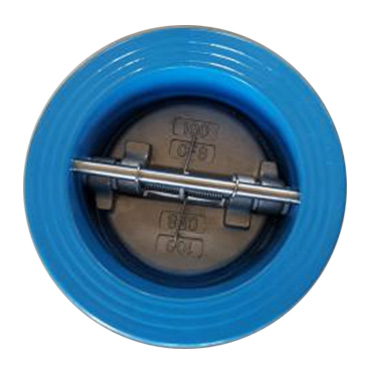നവം . 18, 2024 23:33 Back to list
foot valve
Understanding Foot Valves Importance and Functionality
Foot valves are an essential component in various fluid management systems, particularly in water pumping applications. These one-way valves are typically installed at the bottom of a suction line submerged in a fluid source, such as a well, pond, or tank. Their primary function is to prevent backflow, ensuring that the pump remains primed and that the fluid system operates efficiently. In this article, we will delve into the anatomy, working principles, advantages, and common applications of foot valves.
Anatomy of a Foot Valve
A foot valve is composed of several key parts. The main components include the valve body, a strainer, and the closing mechanism, often a spring-loaded disc. The valve body is usually made from durable materials such as brass, PVC, or stainless steel, which can withstand the pressure and corrosive nature of the fluids they encounter. The strainer prevents debris and solid particles from entering the pump, ensuring smooth operation and prolonging the life of the pump components.
Working Principles
The operation of a foot valve is relatively straightforward. When the pump is turned off, the fluid within the suction line naturally wants to flow back into the source. The foot valve’s design prevents this backflow thanks to its one-way closing mechanism. When the pump is active, the pressure created by the pump opens the foot valve, allowing fluid to flow into the suction line. Conversely, when the pump halts, the disc closes tightly, preventing the water from draining back into the source. This mechanism maintains a consistent prime in the pump, reducing the time and effort required to restart pumping operations.
Advantages of Foot Valves
foot valve

Foot valves offer numerous advantages that enhance fluid management systems. First and foremost, they help maintain the prime of a pump, which is crucial for efficient operation. Maintaining prime reduces wear on the pump, extending its lifespan and decreasing the need for maintenance. Additionally, by preventing backflow, foot valves safeguard against potential contamination of water sources, especially in agricultural and residential applications.
Another significant advantage is that foot valves help stabilize the fluid flow. Without a foot valve, fluctuations in water levels could lead to air pockets forming in the suction line, adversely affecting pump performance. By ensuring a consistent and steady flow, foot valves contribute to the reliability of the overall pumping system.
Common Applications
Foot valves are widely used in various settings. They are commonly found in agricultural irrigation systems, where they help in pumping water from wells or ponds. In residential settings, foot valves can be utilized in sump pumps to prevent flooding. Additionally, they are used in industrial applications, such as water treatment facilities, where safeguarding water quality is paramount.
Moreover, foot valves are often utilized in fire protection systems, where a reliable and consistent water supply is critical for effective firefighting operations. Their robustness and reliability make them suitable for both domestic and industrial applications.
Conclusion
In summary, foot valves play a pivotal role in maintaining the efficiency and functionality of fluid management systems. Their ability to prevent backflow ensures that pumps operate smoothly, safeguarding against contamination and wear. With diverse applications in agriculture, residential settings, and industry, foot valves are a crucial element in modern water management. Understanding their functionality and benefits can aid in selecting the right components for any fluid management system, ultimately leading to improved efficiency and reliability.
Share